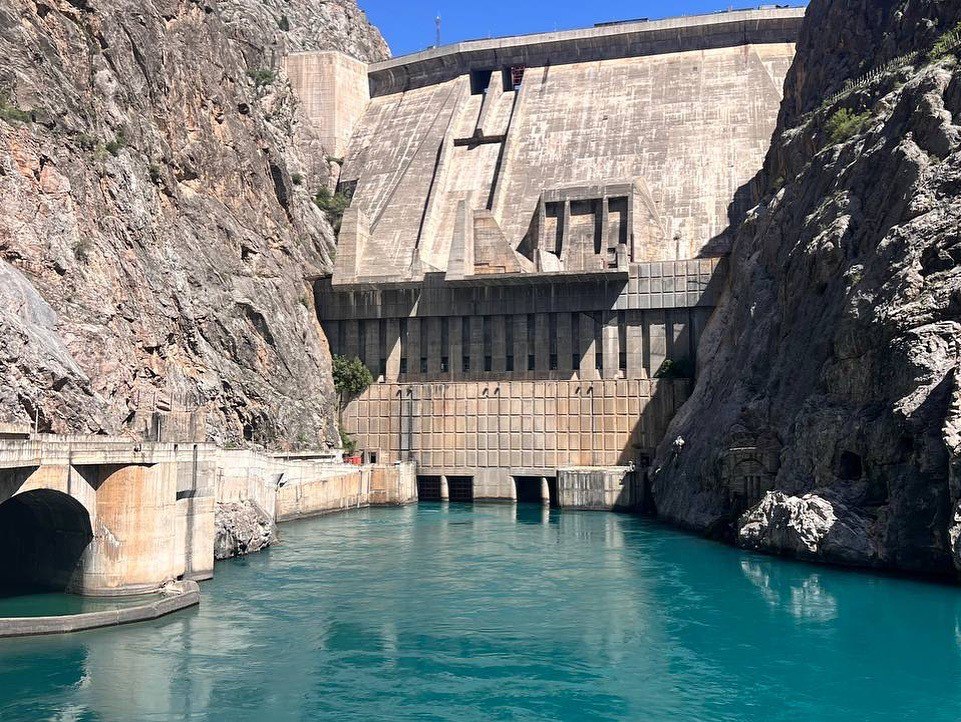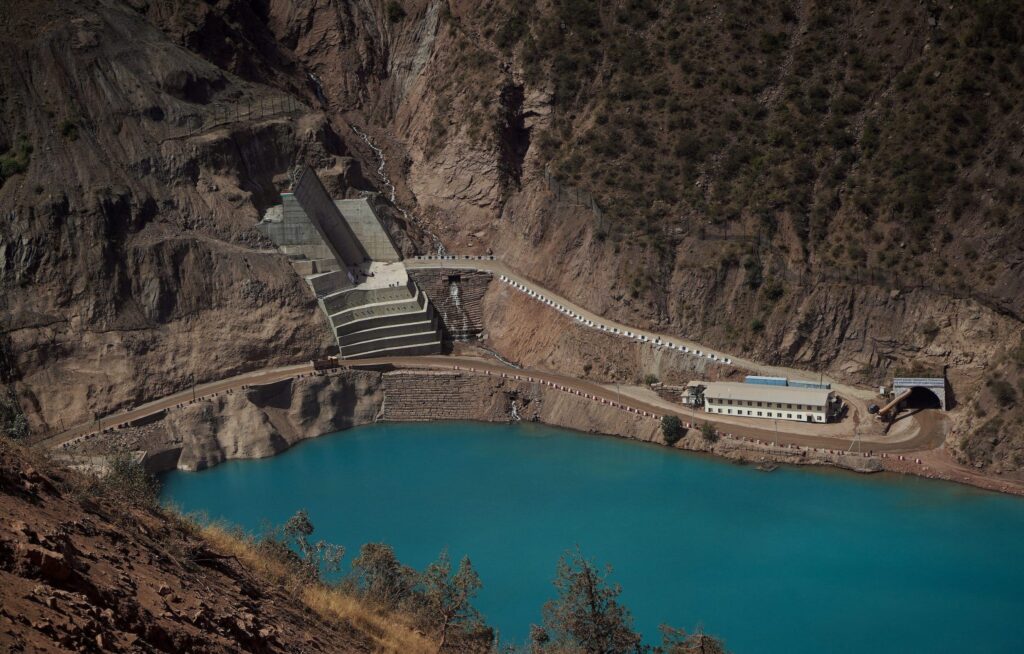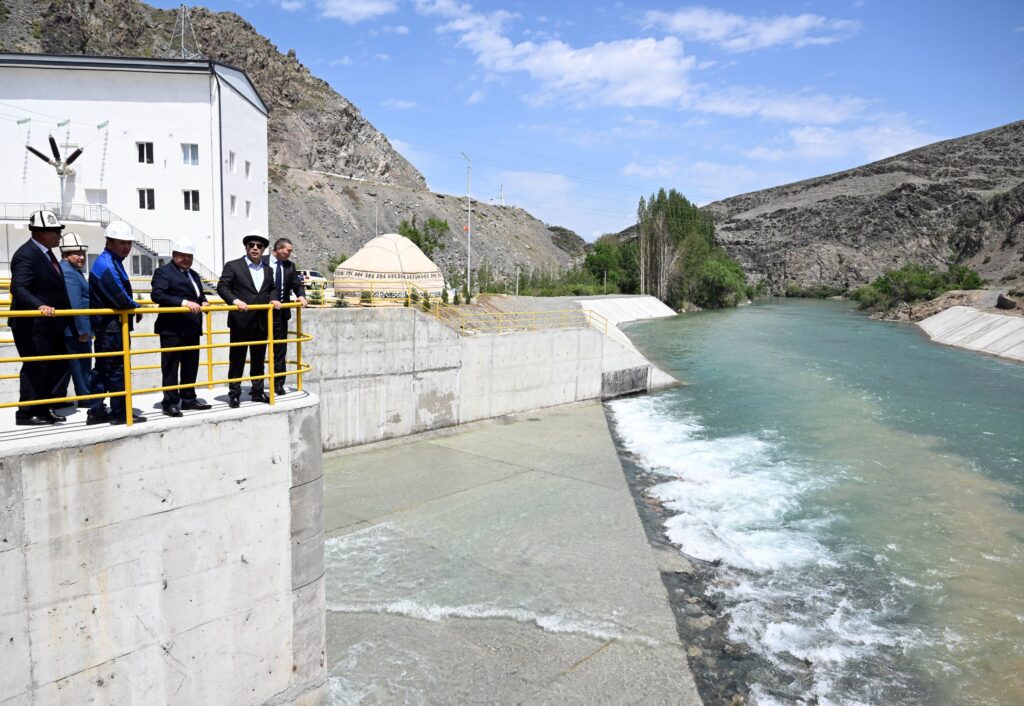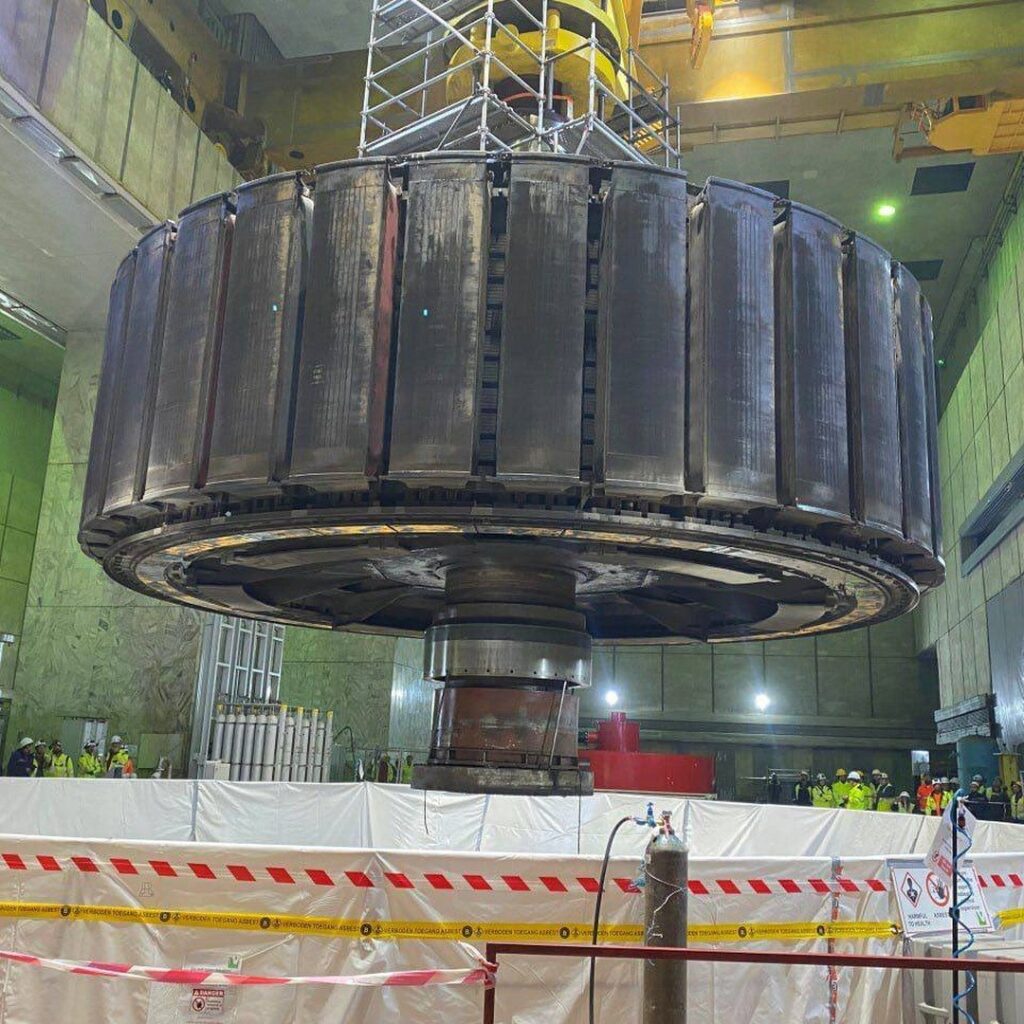At Start of Winter Freeze, Kyrgyzstan’s Electricity Demand Hits Record High
Kyrgyzstan’s Ministry of Energy reported a record-breaking electricity consumption of 3,612 MW on December 12, with daily usage reaching 78.931 million kWh, the highest in the country’s history. The rise in electricity usage is attributed to low temperatures across the country, as residents rely heavily on electric heating. This figure surpasses the previous record set on December 14, 2022, when electricity consumption reached 3,401 MW or 73.370 million kWh. According to the Ministry, the surge in consumption has overloaded grid equipment in certain areas. To prevent failures, power distribution companies are switching users to alternative feeders, causing temporary outages of one to two hours. Without such measures, critical equipment could fail. For example, a 220 kV transformer with a capacity of 250 MW costs $1.5 million and requires 150 days for manufacturing and delivery, followed by one to one and a half months for installation. To alleviate this strain, the Ministry has called on citizens to conserve electricity wherever possible. The Toktogul Hydroelectric Power Plant (HPP), Kyrgyzstan’s largest, is currently operating at its maximum generating capacity of 1,260 MW, with a daily output of 27.528 million kWh. Located on the Naryn River, the plant supplies approximately 40 percent of the country’s electricity. The Toktogul reservoir began the winter season with a water volume of 13.257 billion cubic meters, 1.5 billion more than the previous year. However, due to the recent surge in electricity usage, more than 1 billion cubic meters of this surplus have already been consumed. As of December 12, the reservoir held 12.234 billion cubic meters of water. The Ministry of Energy warns that if current consumption levels persist, the reservoir could drop to 6.2 billion cubic meters by April 1, 2025 — close to the critical or “dead” level of 5.5 billion cubic meters, at which point the plant would no longer be able to generate electricity. The Ministry continues to urge the public to use electricity sparingly to avoid this outcome.




